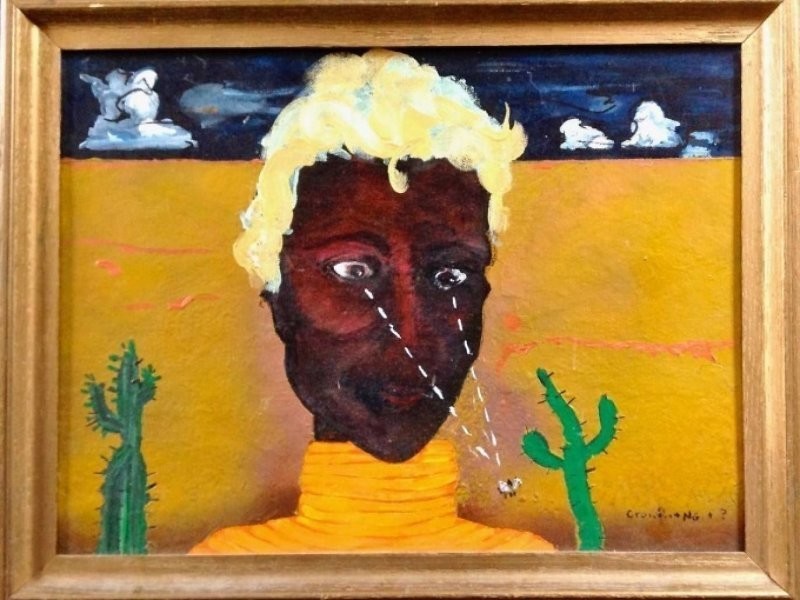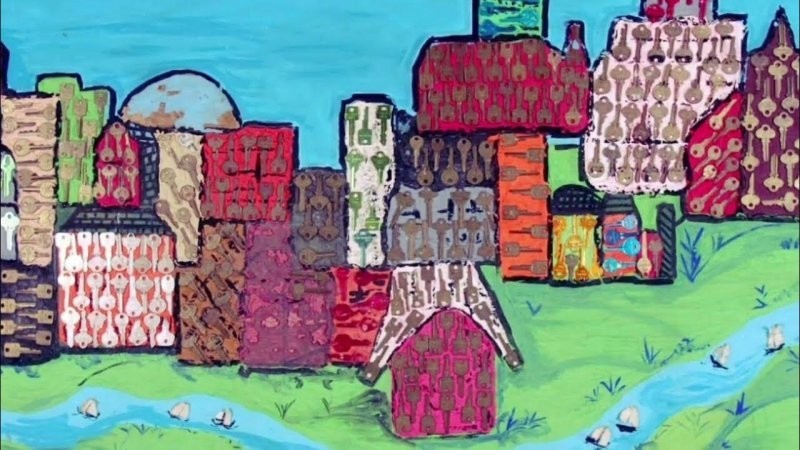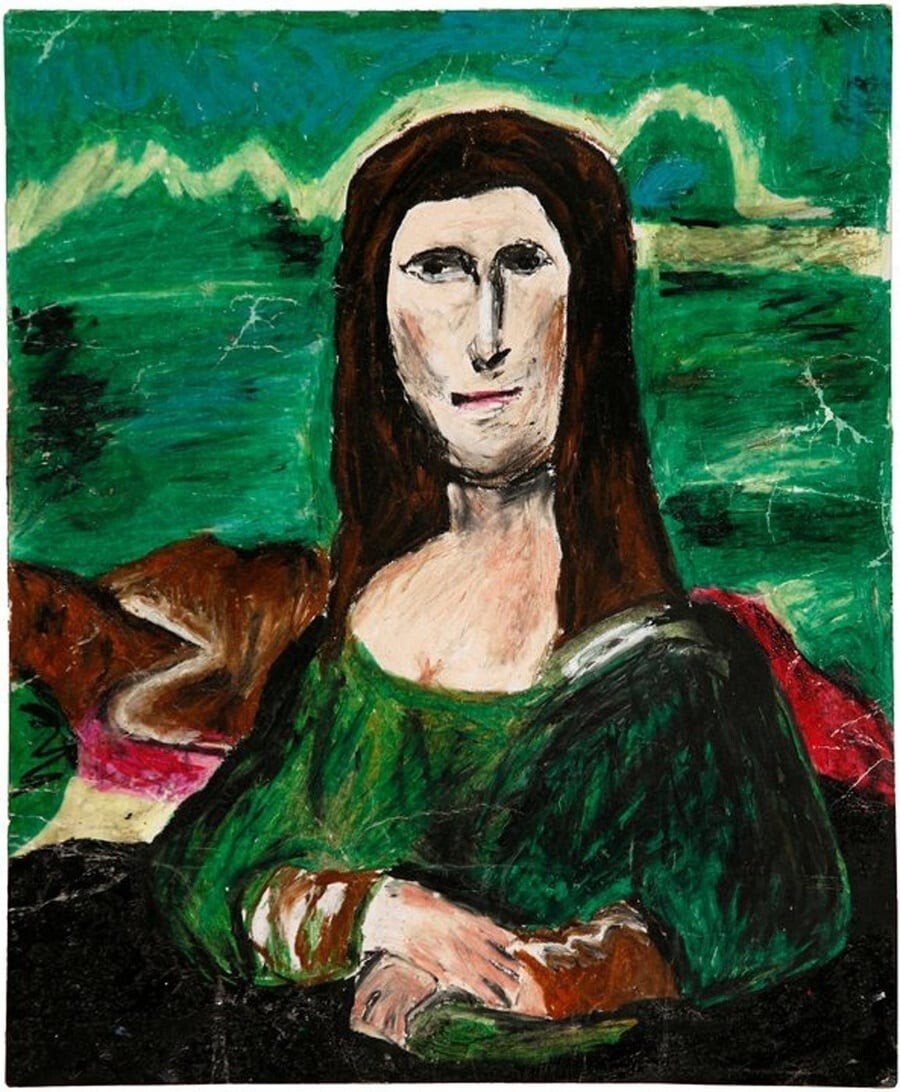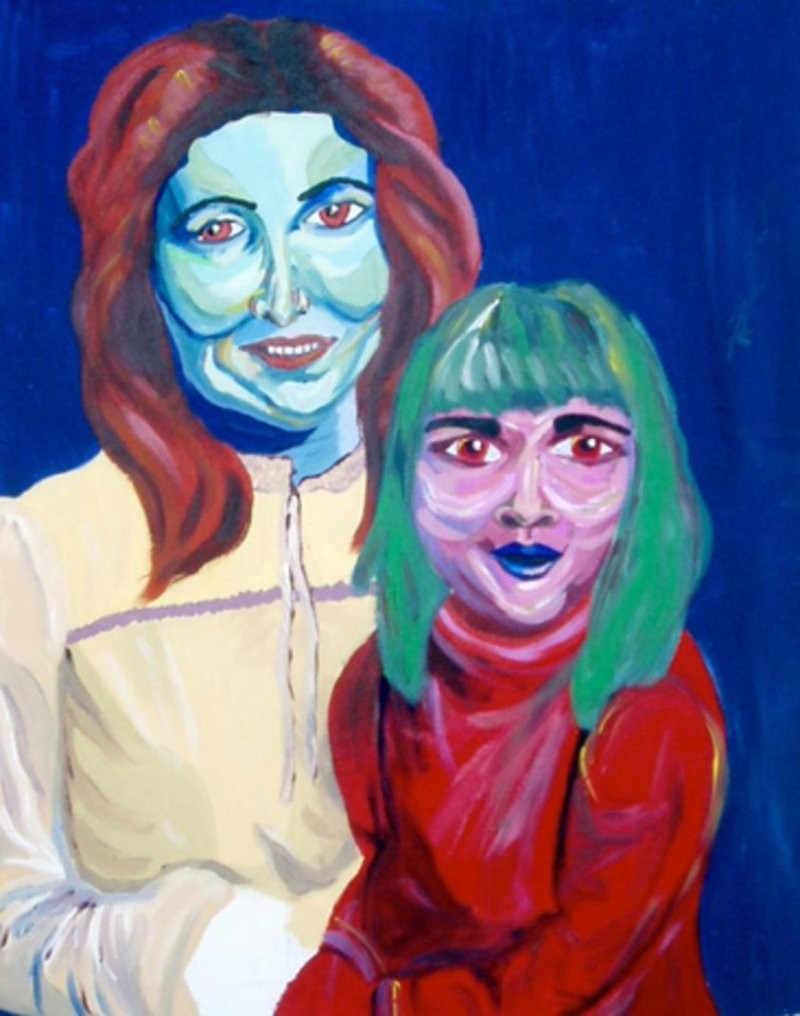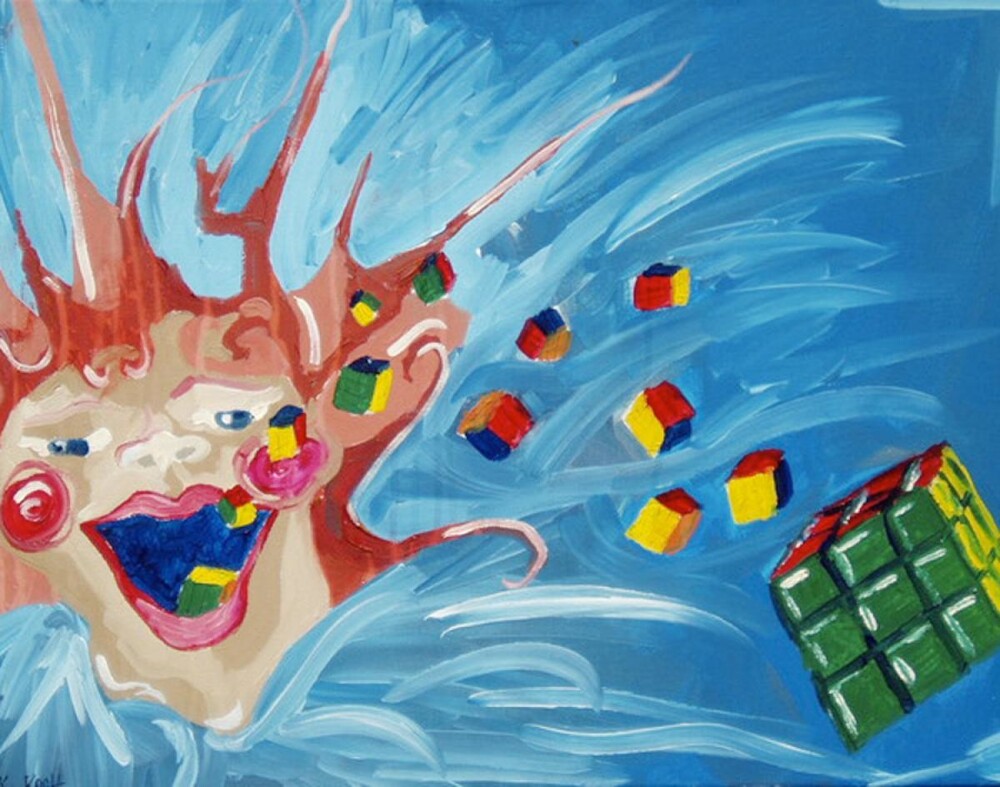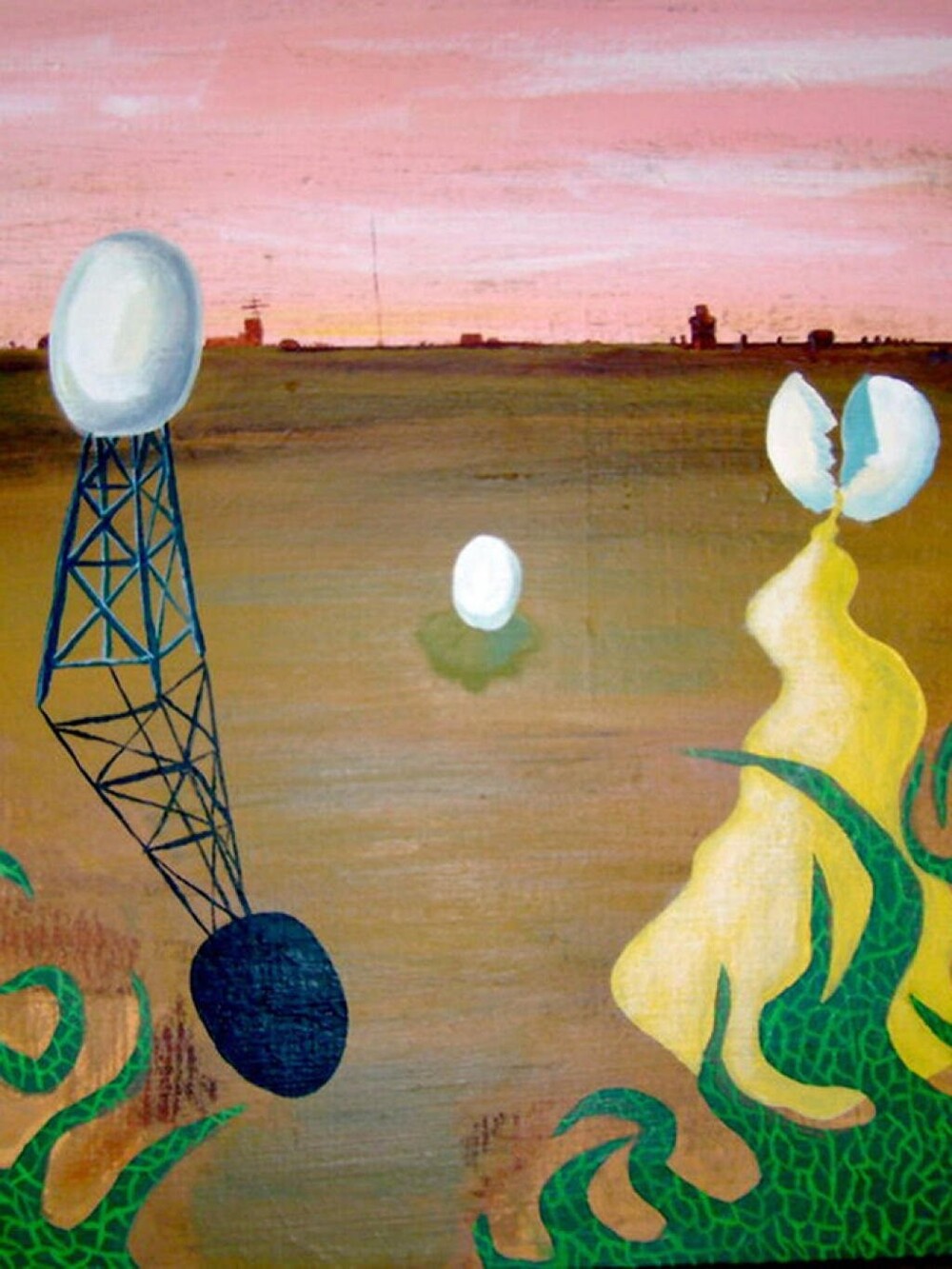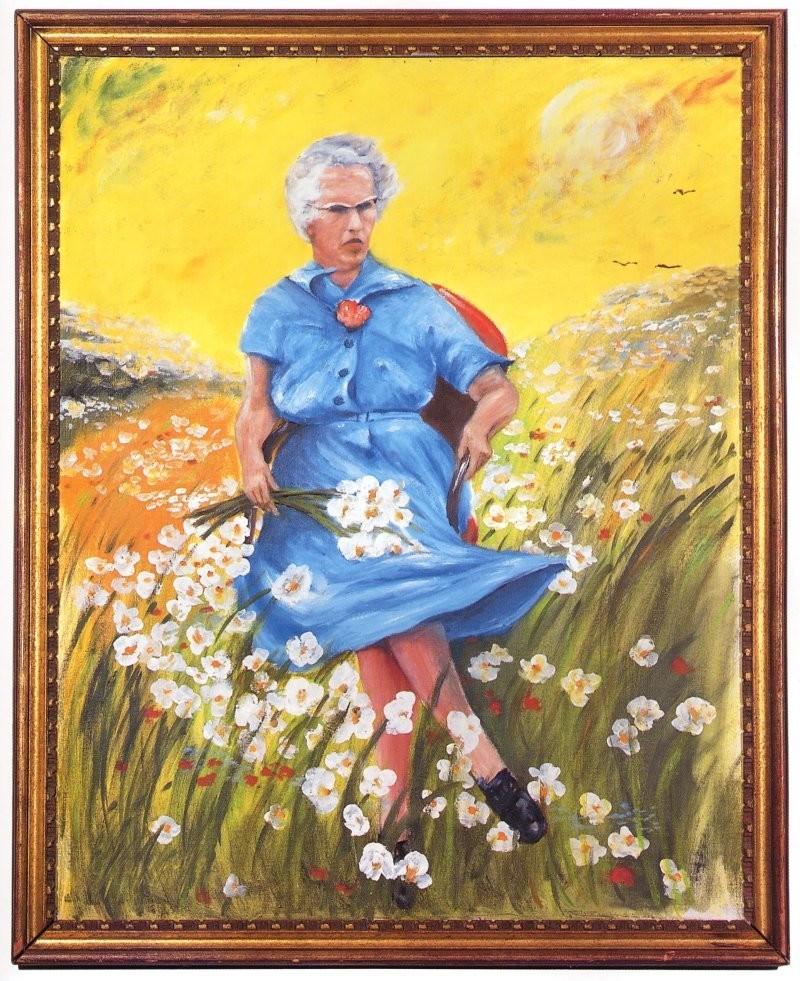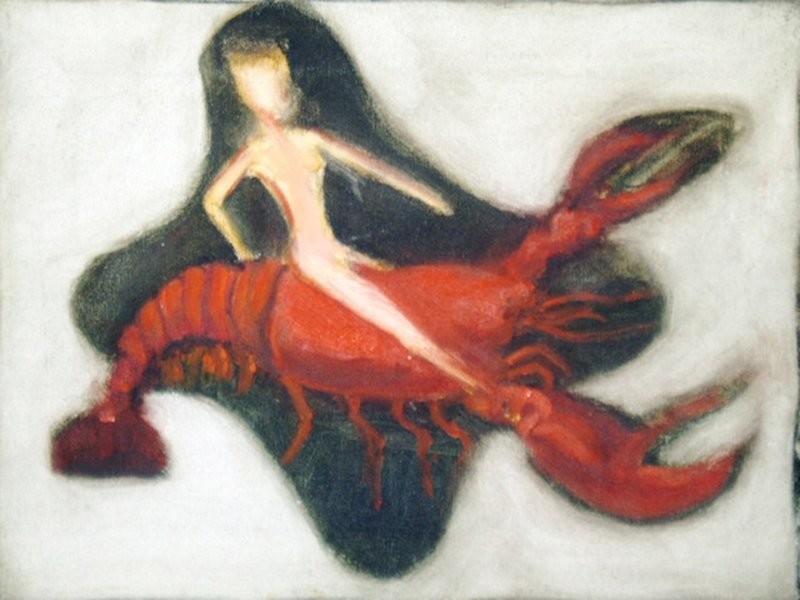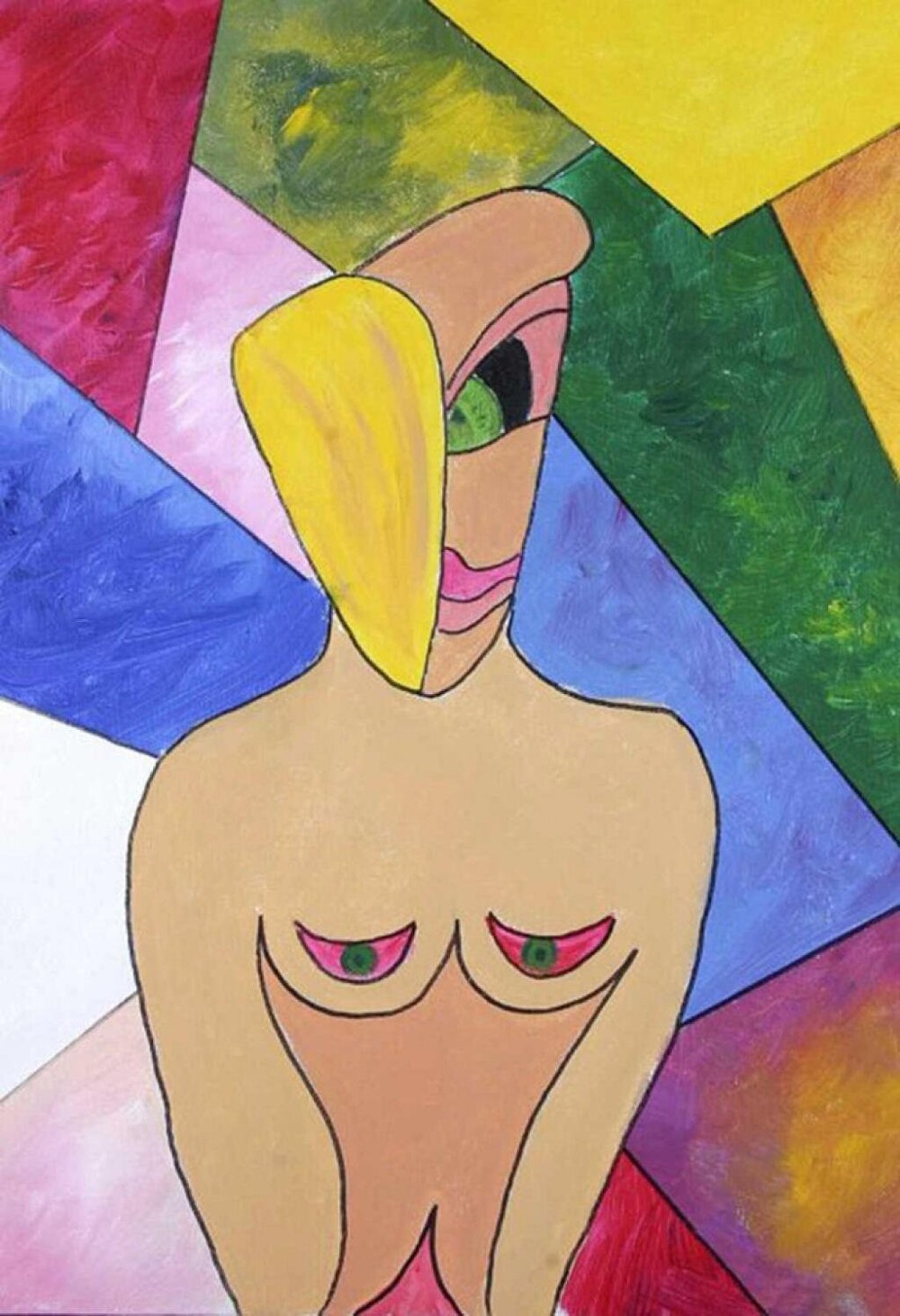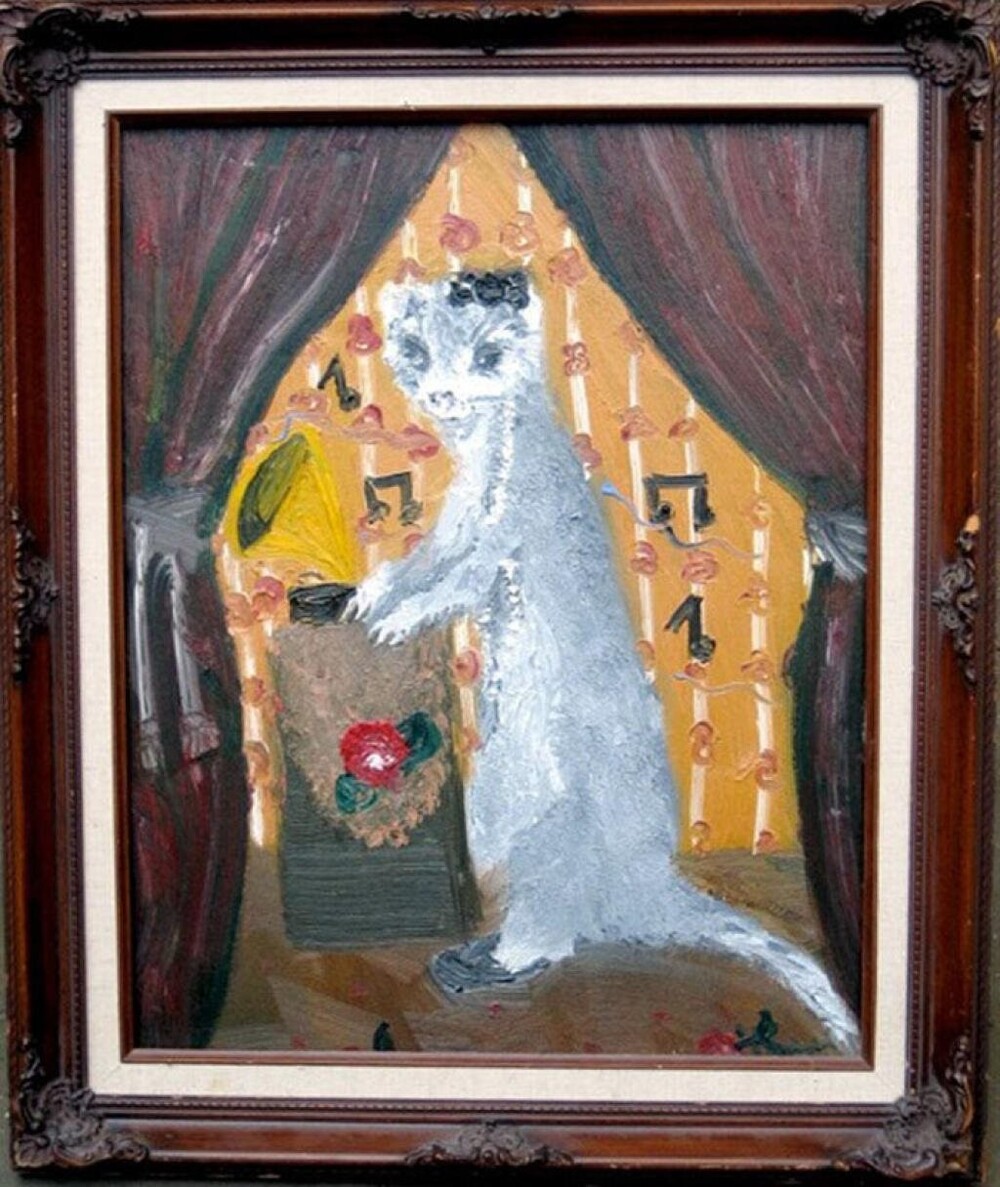The best among the worst: what goals does the Museum of Bad Art pursue? (20 photos)
Art is a rather subjective concept. But still, general requirements and guidelines that allow us to consider one work a masterpiece, and another a strong, but simply talented work, exist. 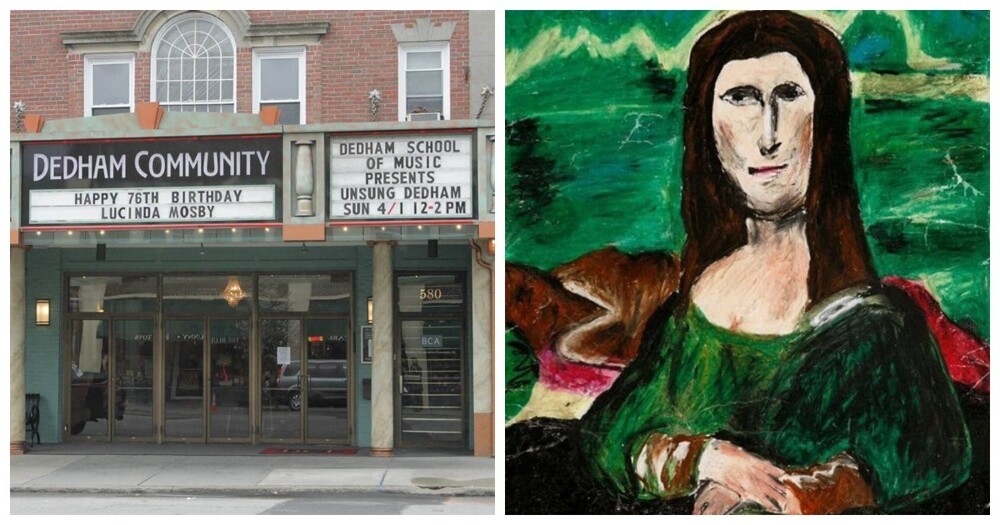
But there is a third – a completely special approach. It implies classifying as works of art those that are not such at all. 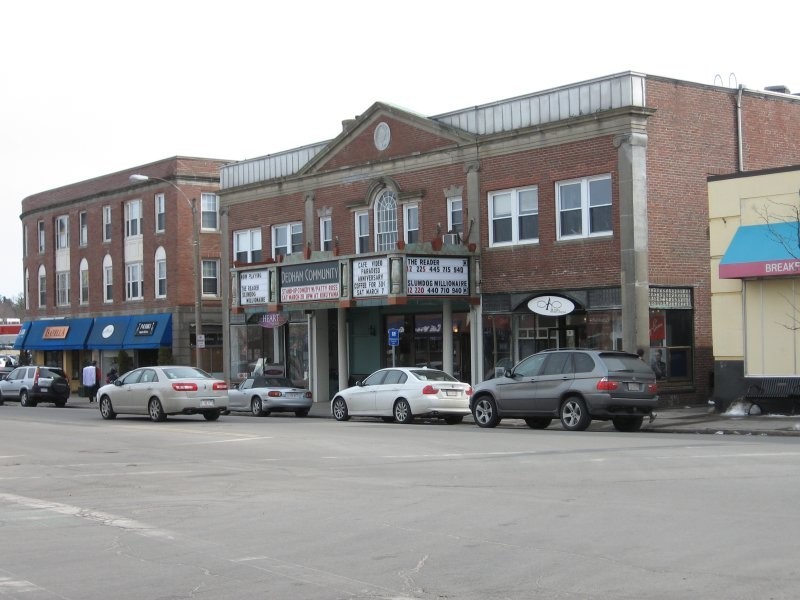
The idea to create the Museum of Bad Art came to antique dealer Scott Wilson in 1993. He and his friends found his first works for an unusual cultural institution in garbage dumps. At first he organized shows in his own apartment. But soon there were a lot of exhibits. And there are even more people who want to look at them. And Wilson rented the first semi-basement space.
Now his brainchild has grown to three branches, the most famous of which is located in Boston. However, it is not alive and limited by walls alone. The creator loves non-standard solutions and holds exhibitions in non-standard places: at a car wash, in a forest, at a spa. 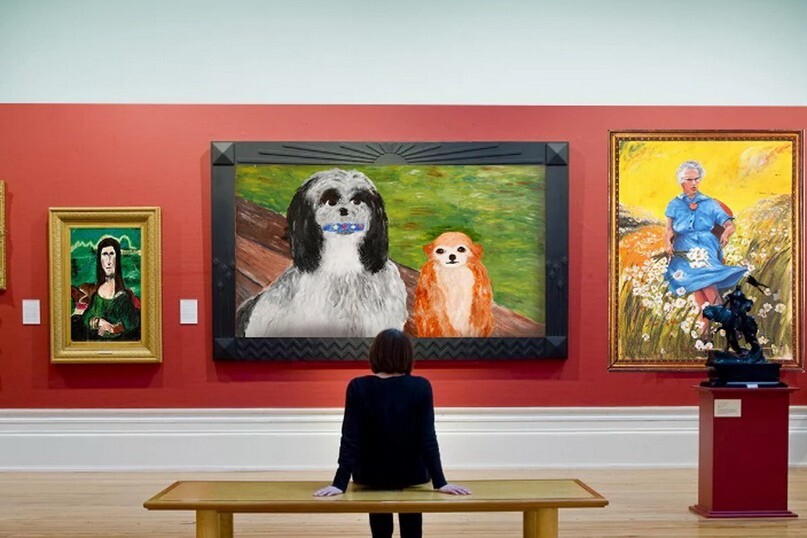

There is no shortage of new items at the Museum of Bad Art. The exhibition is always updated. Curators find works in the notorious trash cans, flea markets and garage sales, and accept them as gifts. Yes, yes, painters who consider their creations worthy of this level bring their paintings to the museum themselves. Moreover, there were even cases of theft. Someone, apparently, considered the works worthy of decorating their own home. The work was not found, but newspaper articles only contributed to the growth of interest in the unusual exhibition.
By the way, not every work deserves to be part of the exhibition. The museum management will refuse applicants if they consider their creation more or less normal. There is also a taboo about children’s work, since it is about something completely different.
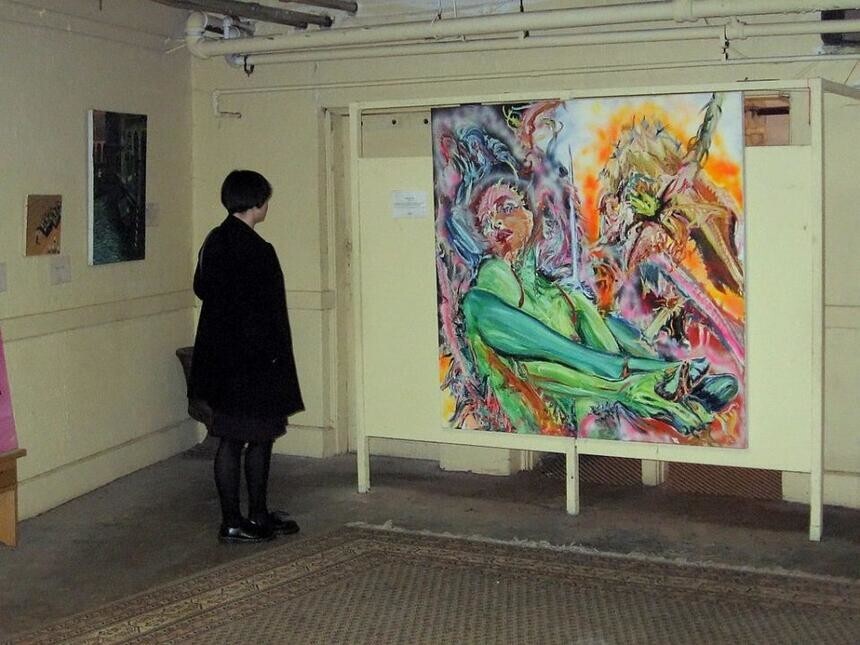
Badly? Maybe. Funny? Yes. And confirmation is the constant laughter, which is not only not prohibited, but, on the contrary, is welcomed in this museum. Ordinary visitors watch how it happens. And art school students are frequent guests here; they not only laugh, but also analyze, research, adopt and learn to defend their own point of view, even if it goes against generally accepted guidelines.
